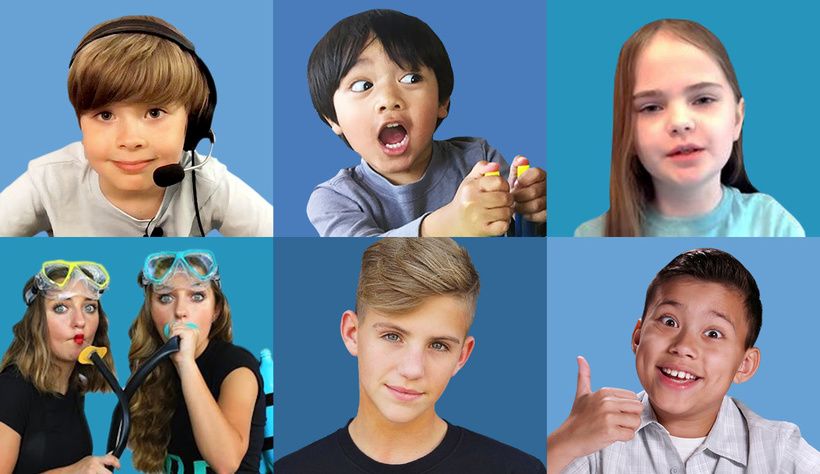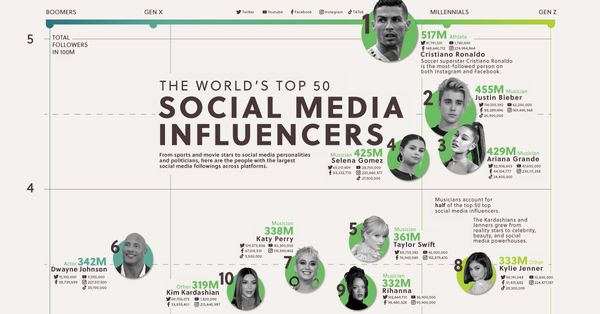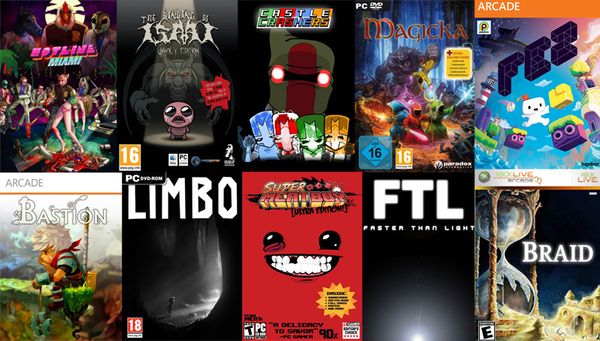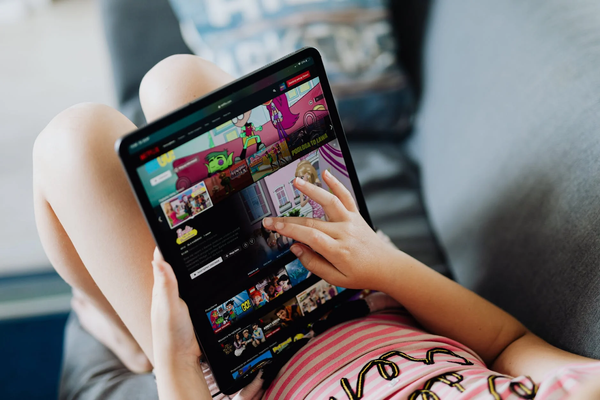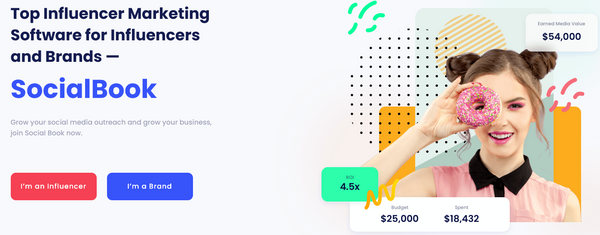In 2018, the highest paid social media influencer No.1 was Ryan Toys Reviews (now changed to Ryan's World) valuing at 22 million US dollars.
Do you remember when it was every kid’s dream to be a firefighter or veterinarian? Indeed the bolder ones amongst us wanted to be astronauts and explore the stars. Little girls (and aspiring Billy Elliot’s) yearned to be ballerinas, and the more down-to-earth kids dreamt of a vocation in the classroom, emulating their favorite teachers. However, time moves on. According to a recent survey, 1 in 5 British children now dreams of becoming a social media influencer.
Traditionalists will be pleased to see that the most preferred profession was still a doctor (18%), and veterinarians (13%) and teachers (9%) still held the fourth and fifth slots. However, as a real sign of the times, social media influencer came in second place, with 17% support, followed by YouTuber on 14%, which to be strict is also another form of social media influencer.
The survey was carried out by global affiliate network Awin. They polled 2,000 parents of 11-16 year-olds, who had stated their interest in a future career. Perhaps unsurprisingly, the parents had more traditional wishes for their offspring. They preferred that their children become lawyers (29%), doctors (8%), and teachers (17%). Clearly, parents have yet to understand the benefits of allowing their kids to become influencers.
Of course, these results were probably affected by the fact that 45% of parents admitted that they didn’t know what a social media influencer was. 58% had no idea that you could make money from such activity.
Some New Zealand research shows an even more extreme view on the difference between the generations. In research by smartphone maker, OPPO, 90% of the respondents aged between 18 and 24 claimed that becoming an Instagram influencer was their dream job. 79% of the Generation Z respondents would take on a full-time job as an influencer if given the opportunity.
Why does Generation Z Want to Become Influencers?
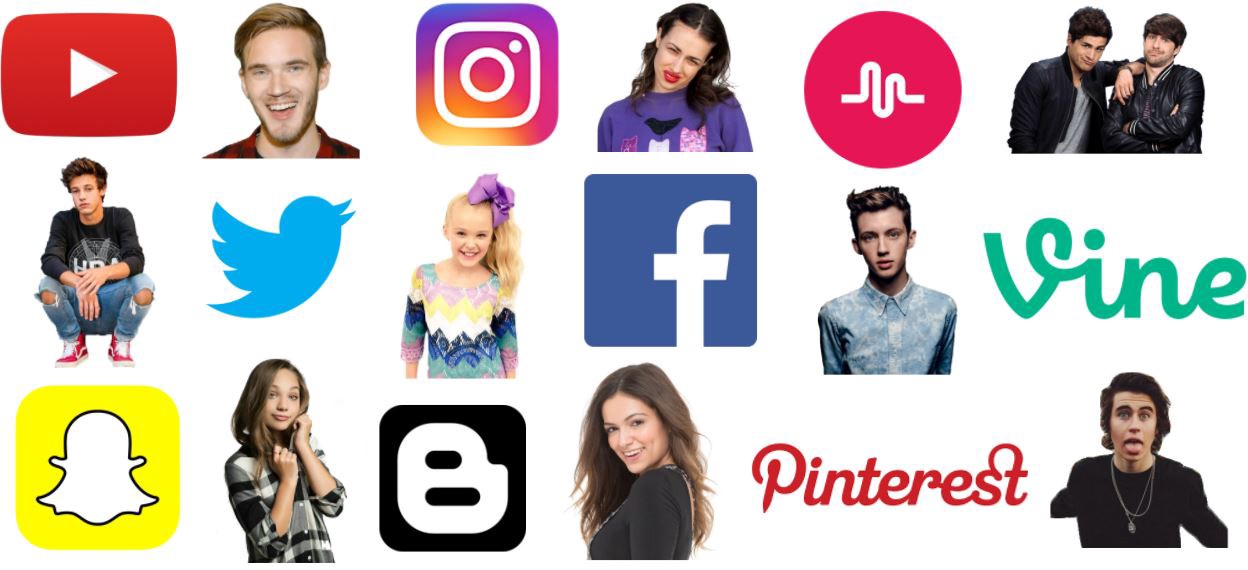
The Awin British survey asked why the children chose their preferred career, and 60% of the parents were able to answer on their child’s behalf. The most common reason was for money (26%). This was followed by “for fame” (22%) and “for enjoyment” (17%).
Clearly, those youngsters who already spend time on social media know of the potential earnings from influencer marketing. According to Chelsea Naftelberg, associate director of content and partnerships for social media agency Attention, brands often start out paying $250 per post to influencers with less than 50,000 followers. They then add about $1,000 per 100,000 followers per post. If you’re Kim Kardashian, you can claim $250,000 for a single post.
Success on YouTube can also be surprisingly lucrative. Influencers can expect to receive roughly $2,000 per video for every 100,000 followers to their channel. A game developer reported on Reddit that a popular YouTuber with a few million followers was charging $22,000 to feature a game on his channel, with 2-3 talking points and a description link.
Another reason that your kids want to become influencers is that it opens up the world to them. They find that people begin asking them to speak at conferences and promote launch events, often around the world. Many influencers get a great deal of free travel as part of their sponsorship activities.
Some Parents Have a Concern about Their Kids’ Social Media Obsession
It should probably come as no surprise that many parents are worried about the amount of time and energy their children put into social media. They feel concerned when they see their children obsess over how each post performs. Parents see their kids excluding themselves from the “real world,” preferring to spend time in cyberspace, rather than with friends and family.
Aspiring influencers don’t necessarily realize how much they may be isolating themselves in the online world. They may feel adored and loved by their followers, but they can’t go to the local park or spend time at the mall with their followers. They aren’t “real” friends.
Psychologist Samantha Carbon observes, “As social media is evolving, there is a risk young influencers may experience feelings of inadequacy and feeling challenged as they get older, which can be detrimental to their emotional wellbeing.”
Parents Worry about Online Bullying and Inappropriate Internet Usage
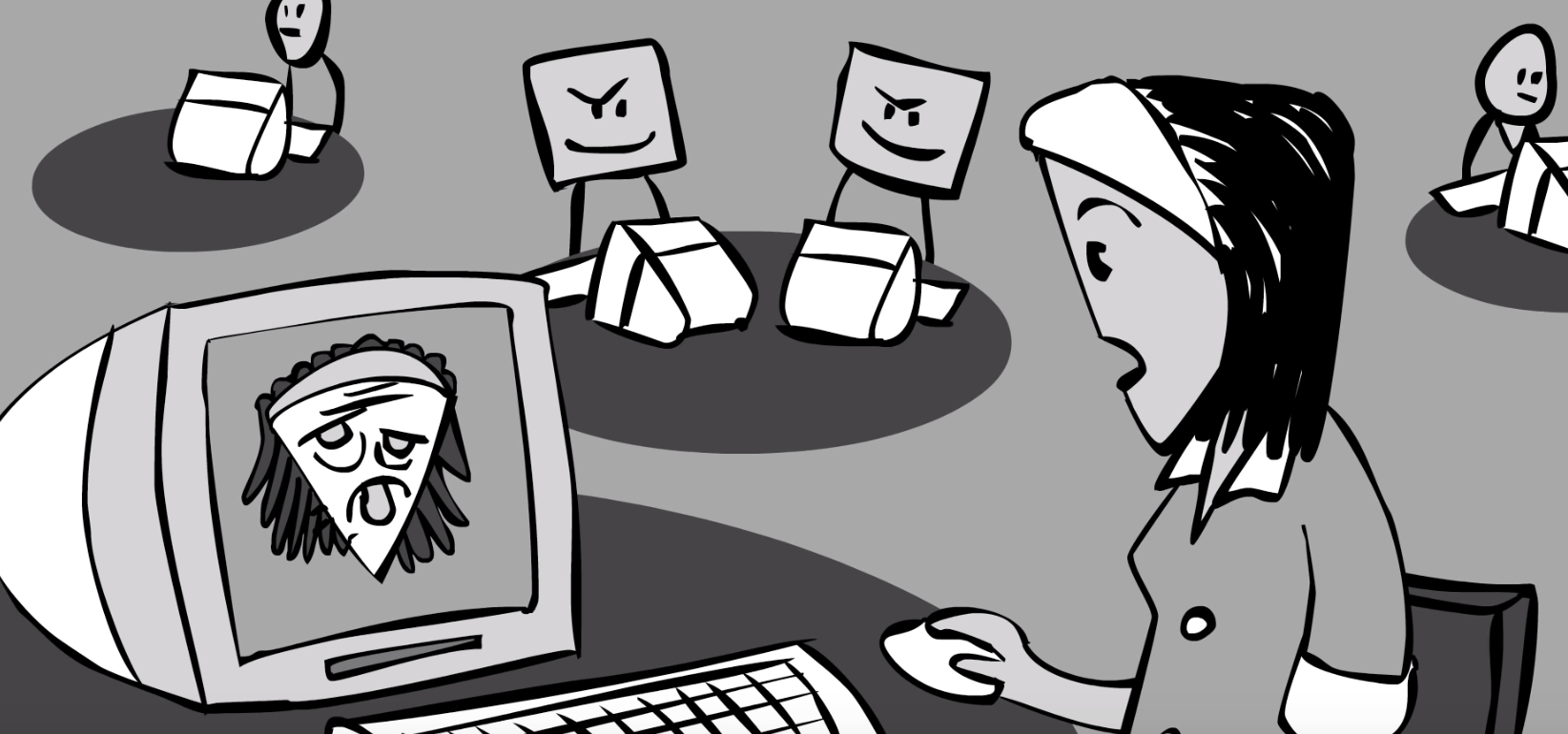
One of the biggest concerns about the spread of social media over the last decade has been the onset of online bullying. While potential influencers do not perhaps fit the most likely profile for online bully-victims, there is still the potential for harm. The more they show their views online, the more they will encounter people who disagree with them, who sometimes react in inappropriate ways. Some parents worry that their children are ill-equipped to cope with intense online scrutiny.
Potential influencers also need to realize that their online history could come back to haunt them in the future. They need to ensure that they don’t post anything that may hinder potential sponsorship deals in later years. Brands expect influencers to have the same culture as their target market, and it is not a good look if inappropriate posts from an influencer’s youth turn up to haunt them later in life.
Teenagers may think it funny to send nude pictures to their boy or girlfriend. They will think it less funny if these images turn up later while they are trying to negotiate an influencer deal with a family-friendly business like Disney. You may think it unlikely that your children will send nude pictures, but according to children’s; charity, Childnet, over half of UK teens have witnessed their peers circulating nude or nearly nude images of someone they know. There is no reason to suspect that USA teens act any differently to their British counterparts.
Influencing can be Hard Work
Many youngsters have an unrealistic idea about the work of an influencer. They see the glamorous side of the industry, but not what occurs behind-the-scenes. They may think that influencers simply create a few posts, which they share. If you ask anybody who’s been successful on social media, you will find that it takes much time and energy to reach the top.
The more followers you gain, the more content they demand. They also expect high-quality material, and that can take time and skill to create. This is particularly so if your main medium is video.
As well as making content, influencers spend much time in relatively tedious administration tasks, building their pages and channels, attracting followers, and removing any fake followers who slip through the net.
Once influencers get to the point where brands take an interest in them; they have to ensure that they give your sponsors value for money, which again can take considerable time and energy.
In most cases, influencers will be self-employed and face all of the same challenges and obligations of any small business. This includes paying their own tax and health insurance, chasing up slow payers, budgeting, keeping accounts (or at least preparing data to give to an accountant) and excellent time organization.
Concern about YouTube Creator Burnout
There is evidence that some influencers take things too far. One of last year’s concerns was YouTube creator burnout.
YouTube changed its algorithm in 2018 to favor new videos at the expense of those already uploaded. This meant that some of YouTube’s biggest influencers felt that they needed to create a constant flow of new videos or see their rankings dive. A lot of influencers lost tons of followers, you can find the result of the purge here: The Before & After YouTube Purge (Full Summary Breakdown.) YouTube also reduced monetization options, partially as a knee-jerk reaction to Logan Poole’s “dead people” video controversy.
The result was that many YouTubers found that they had to spend far more time making and promoting videos on their channels. Indeed, some had to put in more hours than in a typical full-time job.
Eventually, the increased workload had its toll. Several well-known YouTubers, including Dolan Twins, Jacksepticeye , David Dobrik, and Jake Paul had to take time out to refresh themselves and ensure that they didn’t endanger their mental health.
19-year-old YouTuber, Elle Mills, made a well-publicised video about her personal YouTube burnout. She explained how she felt constantly alone, unhealthy, stressed, and always under pressure. She regularly suffered from panic attacks.
As Elle reminded her fans, being a famous YouTuber (or indeed any social media influencer) is unlike a job. You don’t have an employment contract giving you holidays, sick pay, or sabbaticals. If Generation Z were to take on work as lawyers, doctors, and veterinarians, as their parents prefer, they would at least enjoy typical employment benefit and rights. Junior doctors may work incredibly long hours, but at least they know that they will get paid time off and medical care.
Ruben “El Rubius” Gundersen was another YouTuber to suffer creator burnout. He used his gaming vlogs to explain how things changed for him once he tasted YouTube success. He initially saw his videos as lighthearted entertainment, but in time, they became a huge source of stress.
Despite the Problems, Your Kid Could Make Successful Influencers
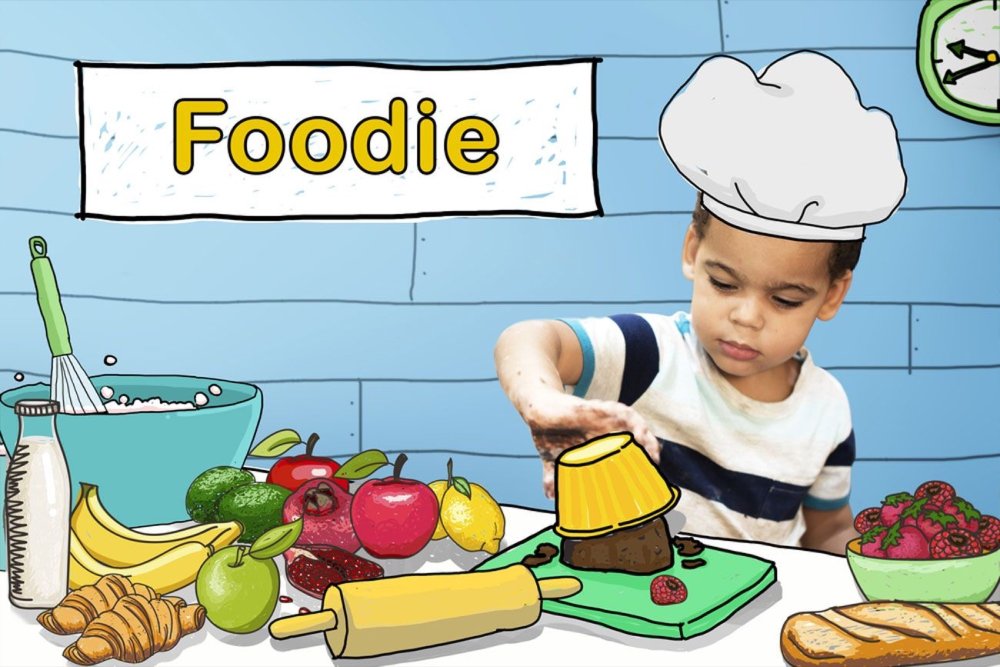
The main reason that parents are less enthusiastic about their kids being influencers is probably that they don’t understand the concept. It is a new world to many, particularly to Baby Boomers and Generation Xers.
While influencer marketing is still too young to know whether today’s Generation Z influencers can continue their social success through until their retirement, there is a clear indication that many influencers make a comfortable living currently.
While the number of full-time influencers is still limited, there are still plenty of youngsters leading comfortable lives due to their influencer activities. Sometimes they can negotiate payment in money with influencer marketing managers. Often firms pay them with free products or travel.
Not everybody can be a PewDiePie, Zoella, or Kim Kardashian. However, many ordinary micro-influencers live comfortably because of their online activities. Often people become influencers because of their expertise in a particular subject or topic. Often they will earn their income as a mixture of working in their specialist niche, mixed with influencer income.
And of course, just because parents want their kids to be doctors or lawyers, doesn’t mean they will be. The most common job in America is a retail salesperson. The next most popular jobs are cashiers, office clerks, and food preparation and serving workers. Perhaps it is more realistic to compare potential earnings as an influencer against these kinds of jobs than the professions that doting parents hope their children choose. Now how much can your daughter earn from her YouTube beauty channel compared to cutting hair in a mall?
Want to work with the best social media influencers of your industry? Check how SocialBook can help your business.

